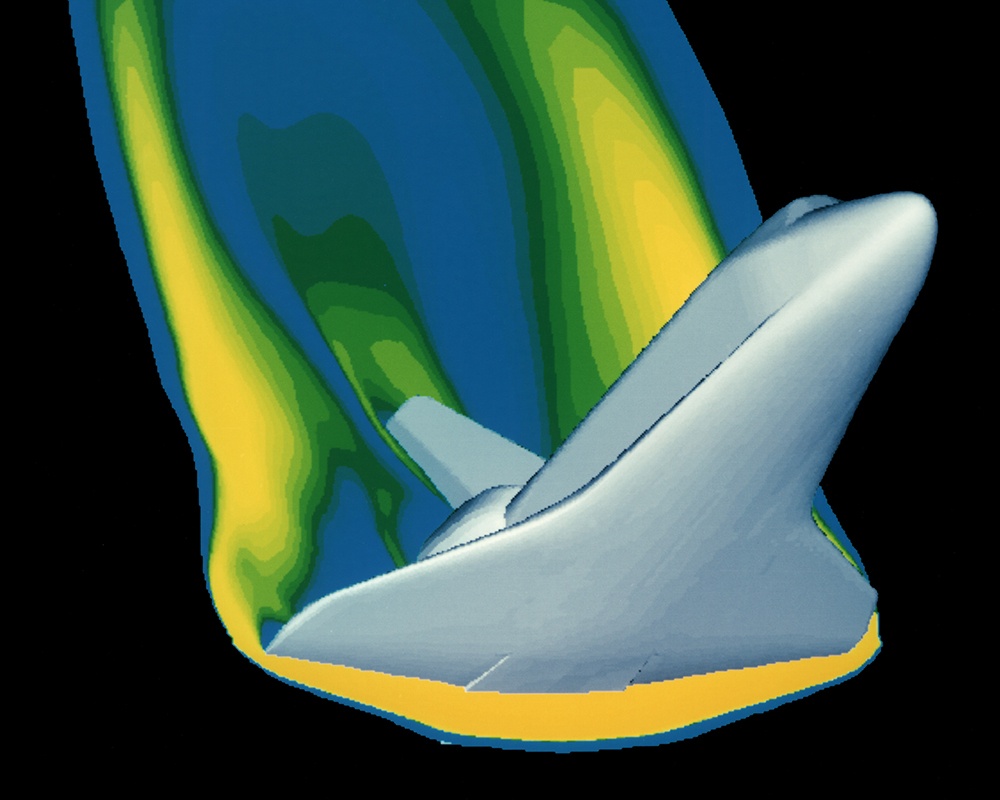Physics
Why HDF® Technologies? Physics, the branch of science that deals with the nature and properties of matter and energy, spans a wide variety of fields, including astronomy, astrophysics, geophysics, weather and climate, biophysics, material science, and many more. Physics was probably the first branch of science to use computers in a significant way. Today, both computational and experimental physics of every type rely completely on computers and their ability to handle massive amounts of complex data. HDF is the option of choice in many branches of physics because it offers so many different capabilities needed to manage physics data. It can effectively handle data of virtually any size, as exemplified by the trillion particle plasma physics simulation, which needed to store HDF5...








